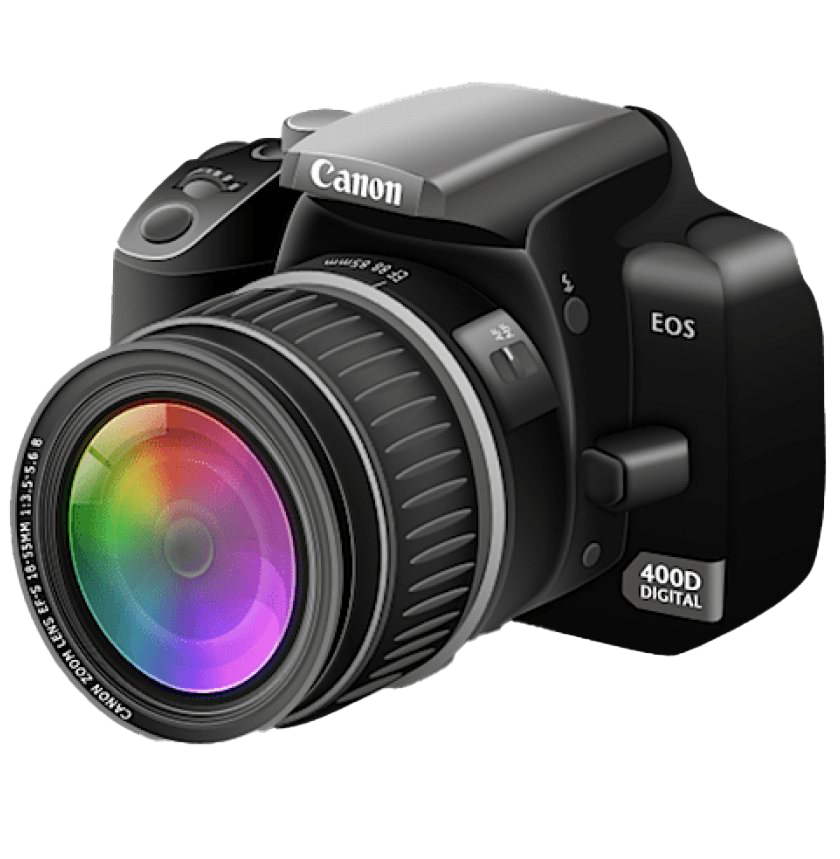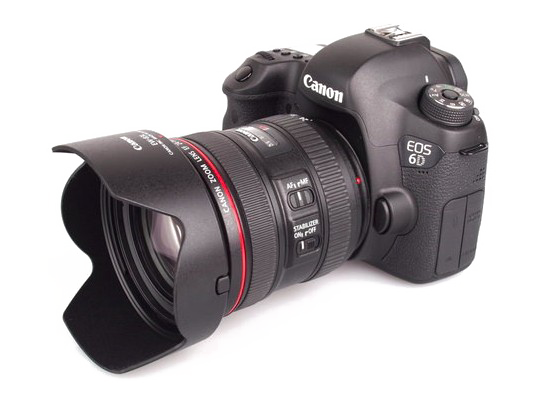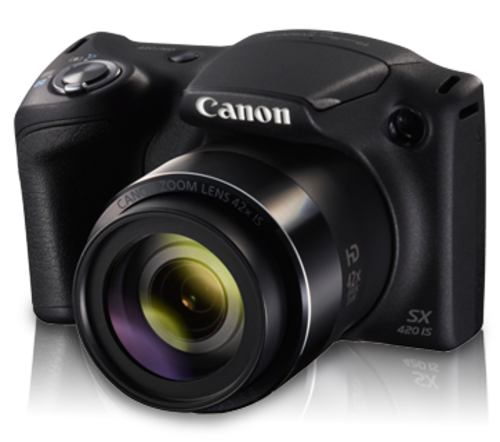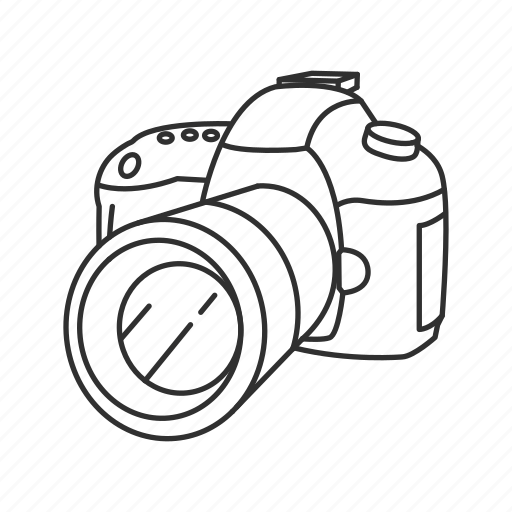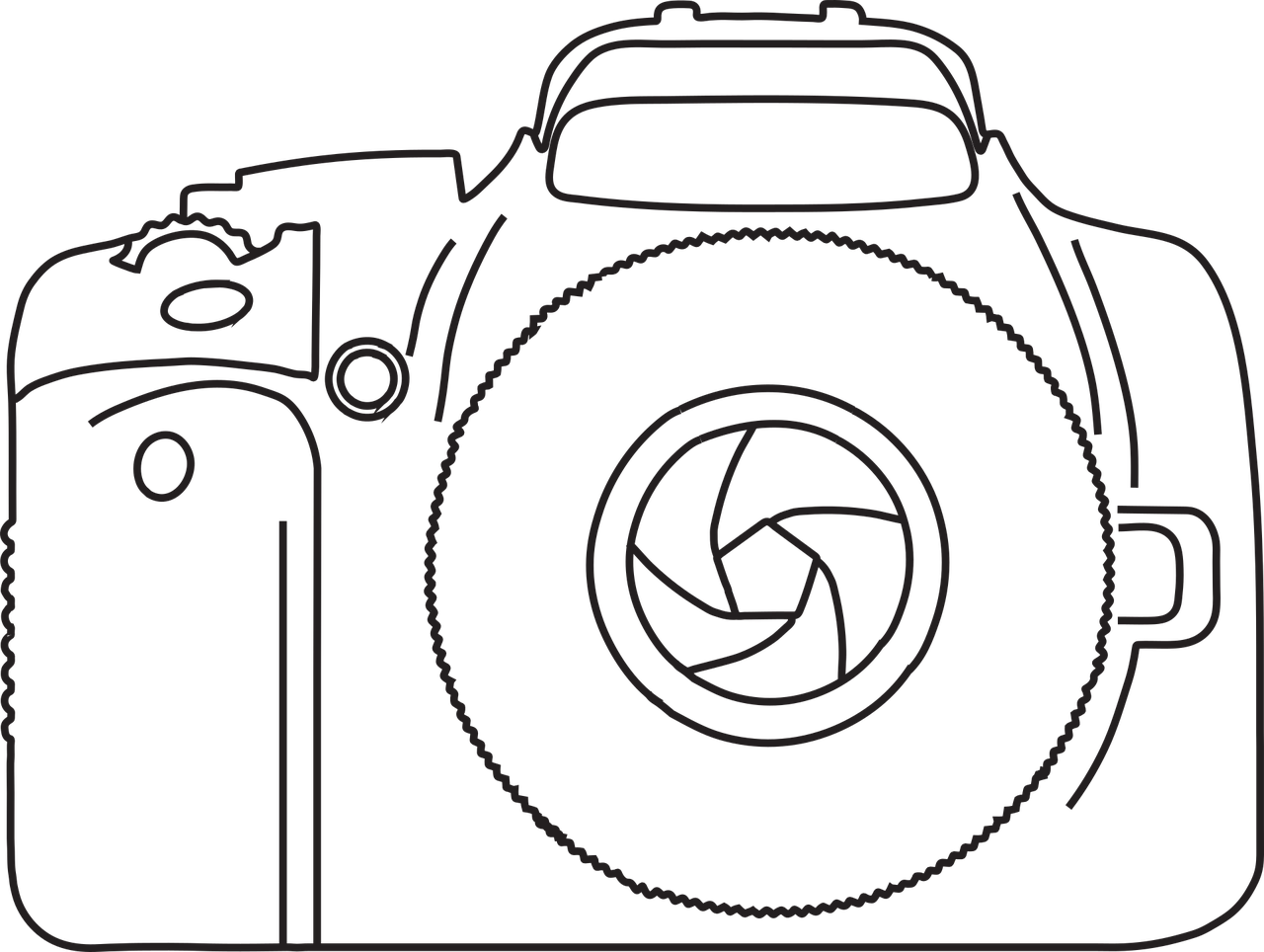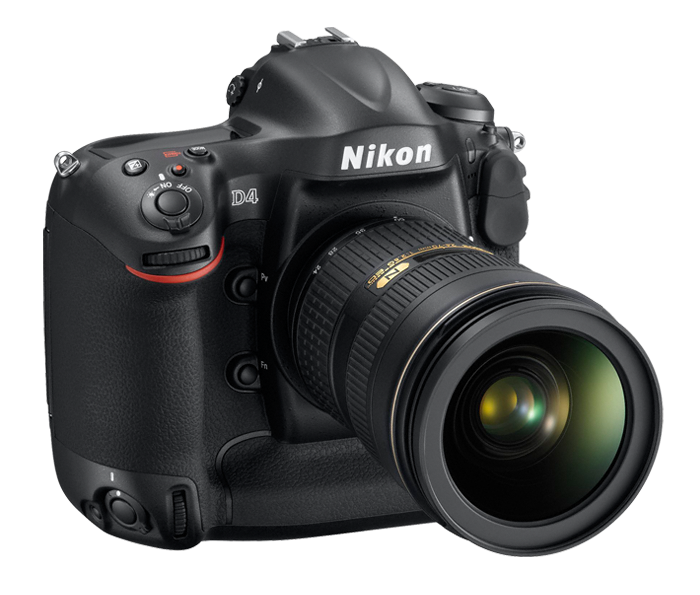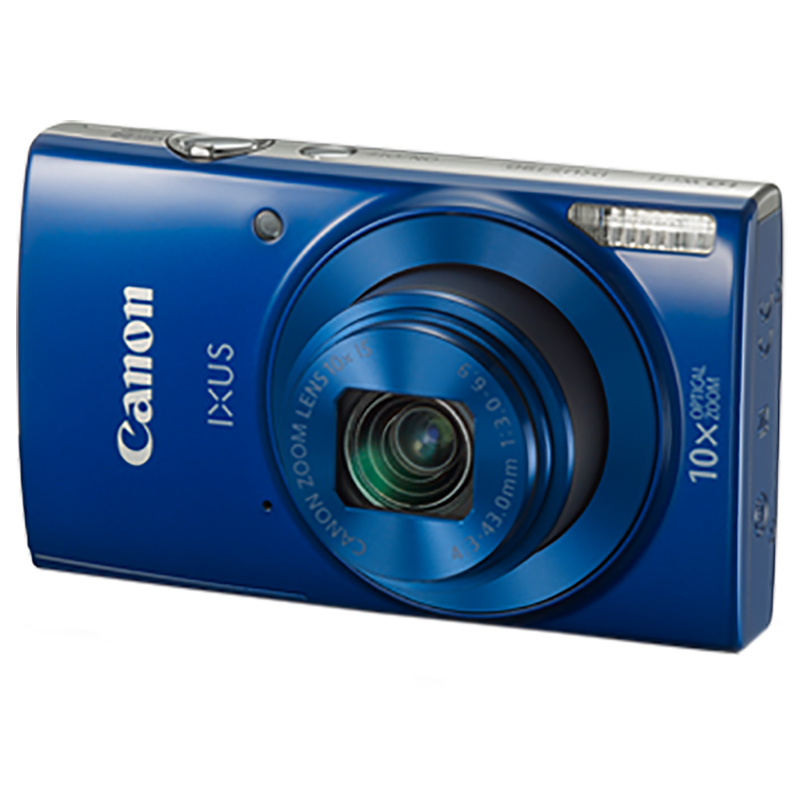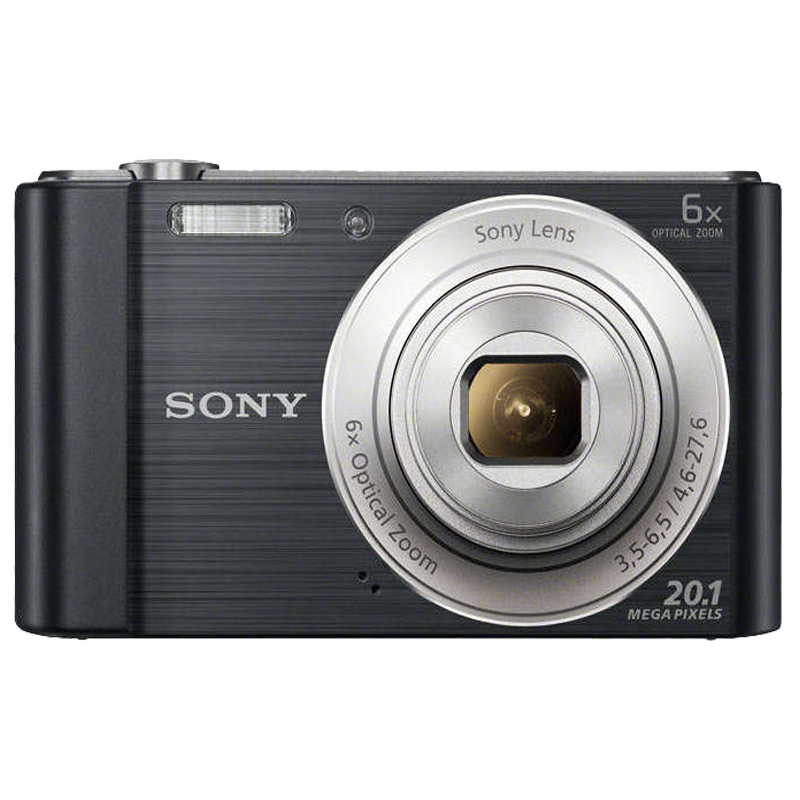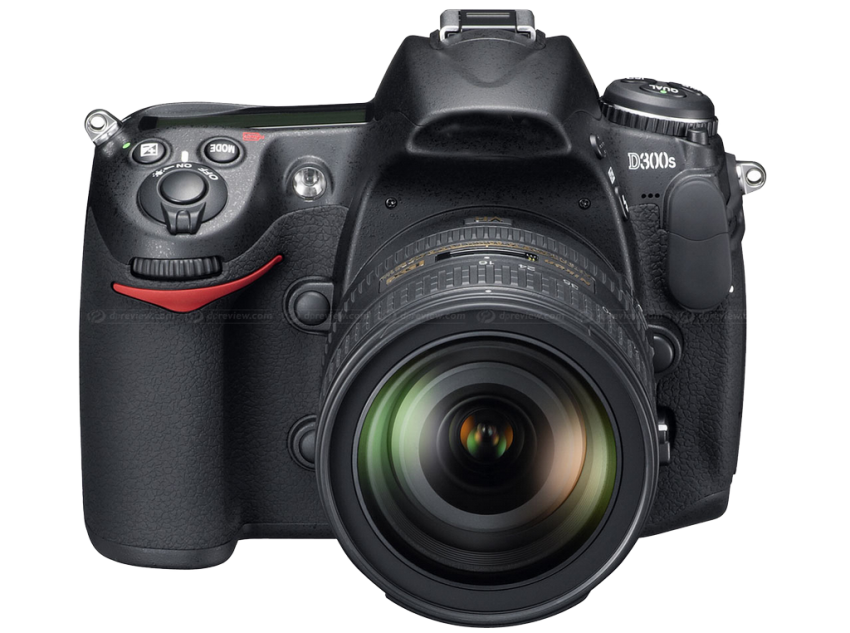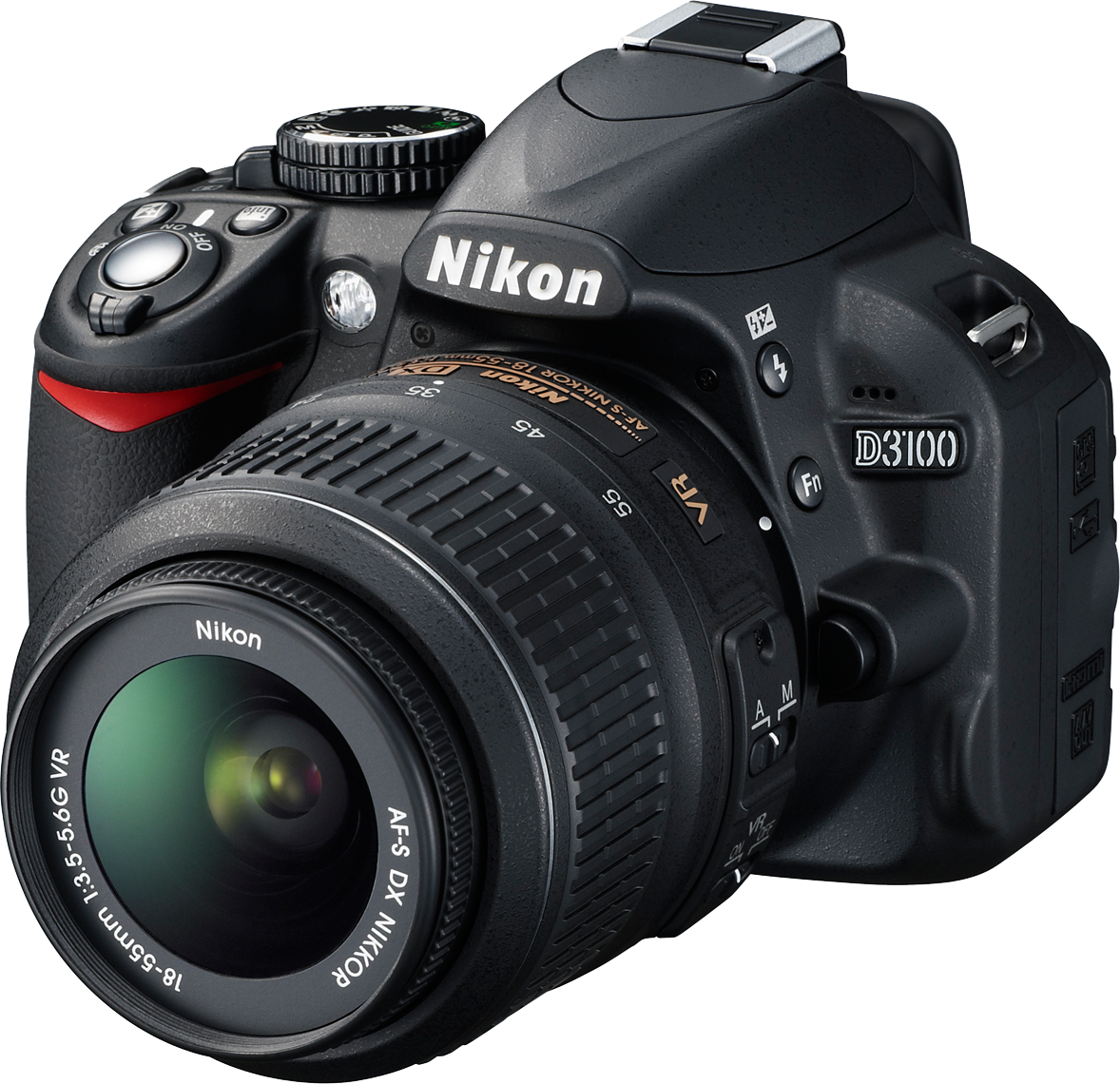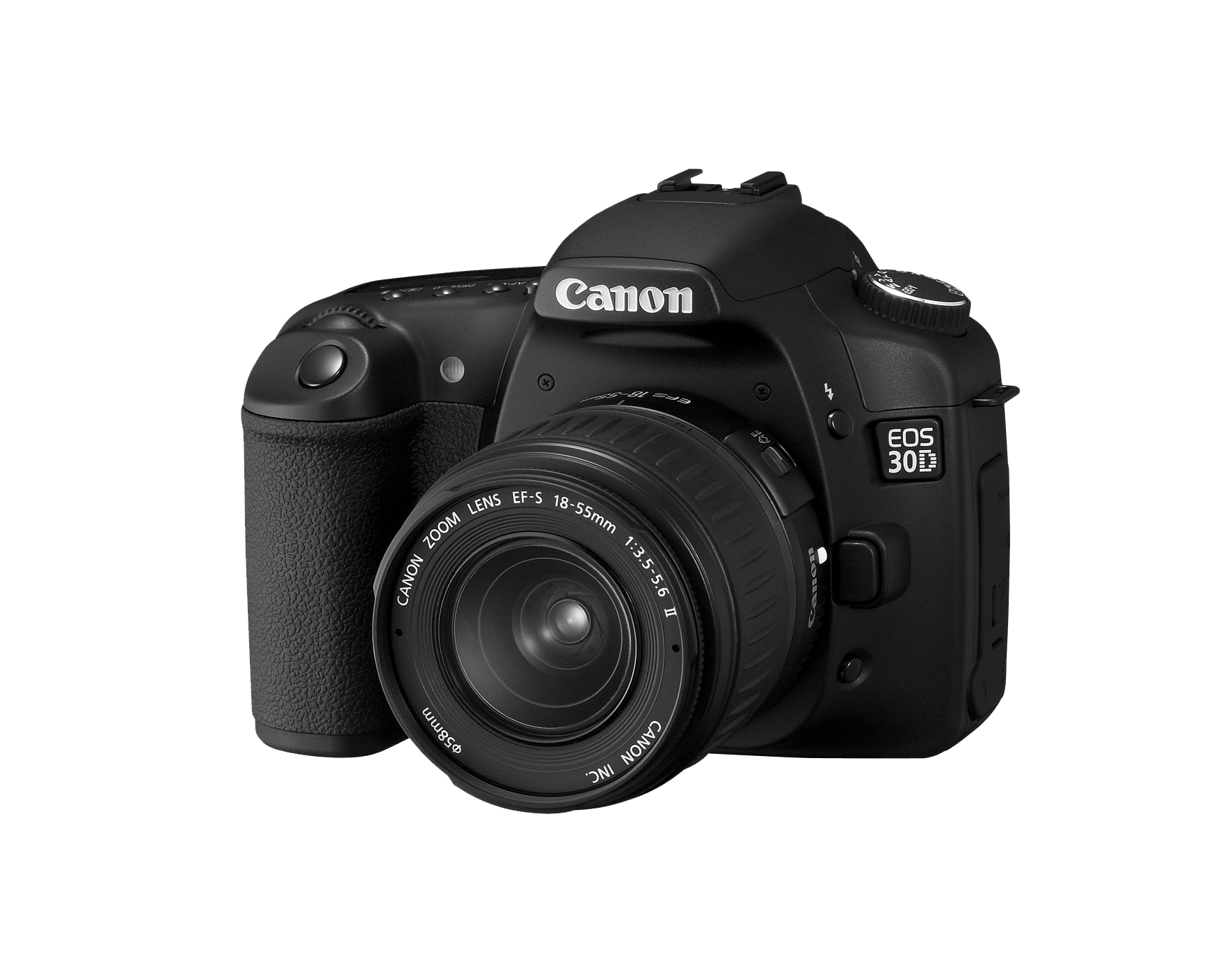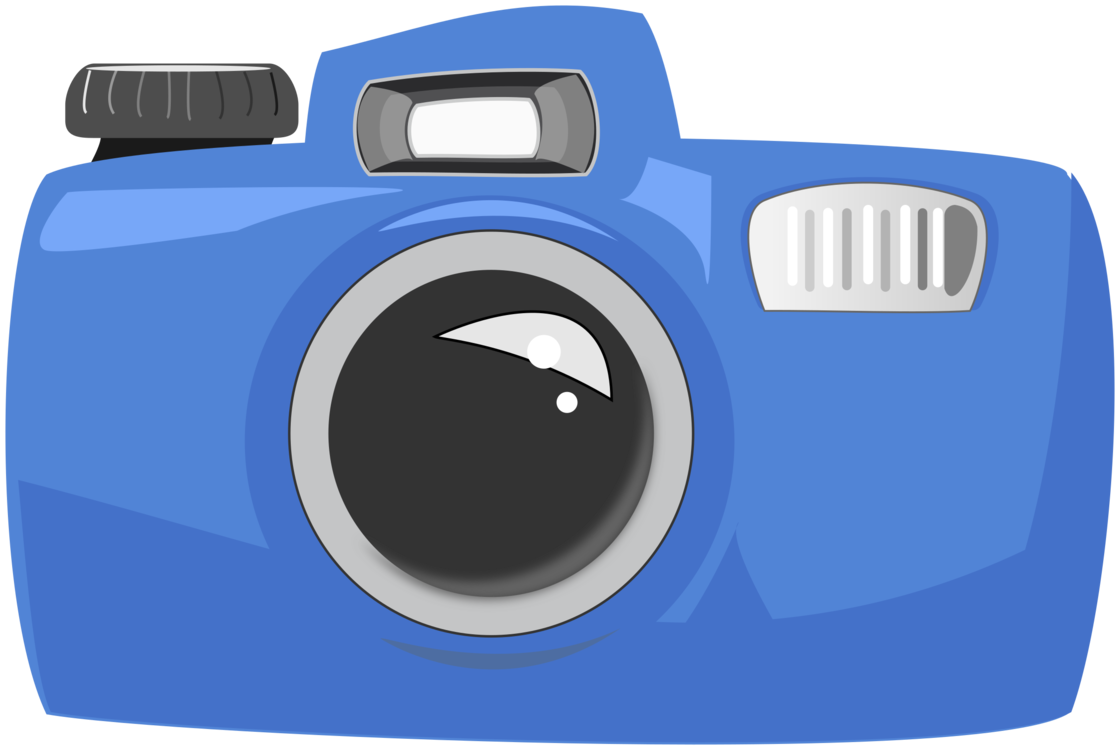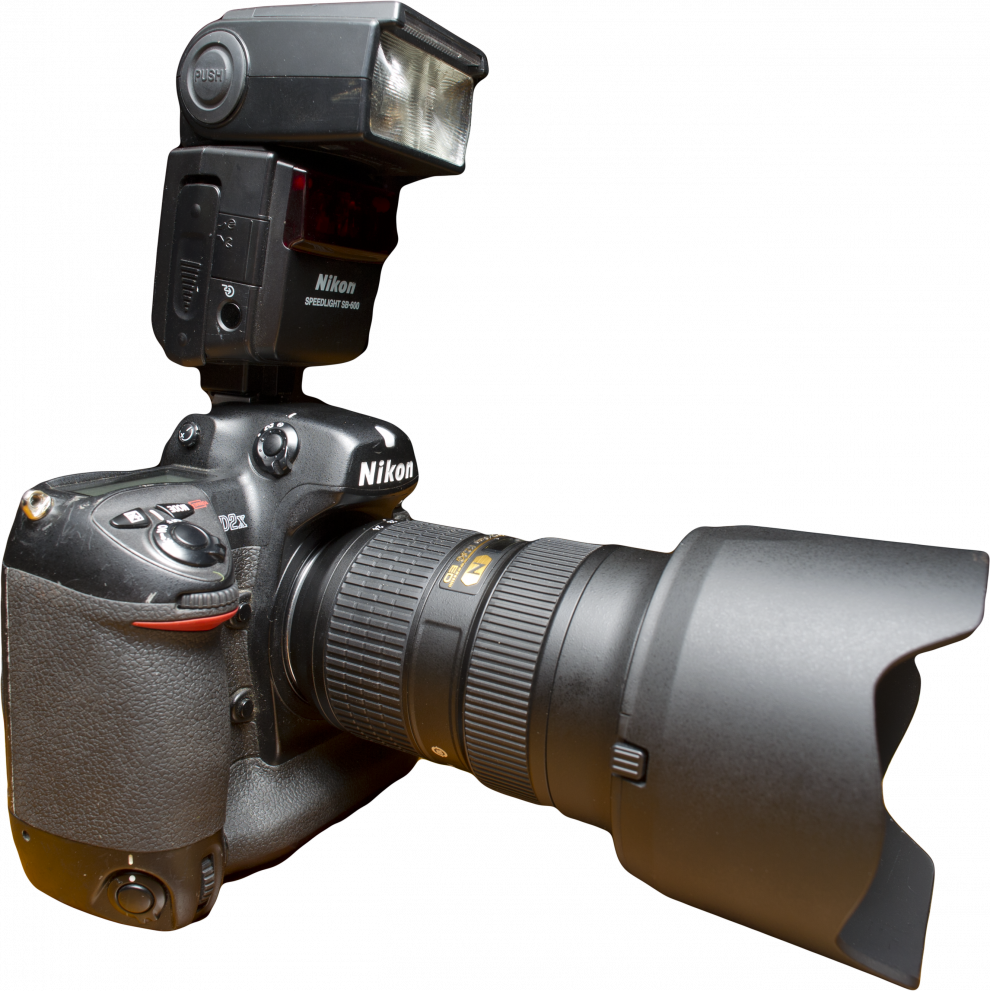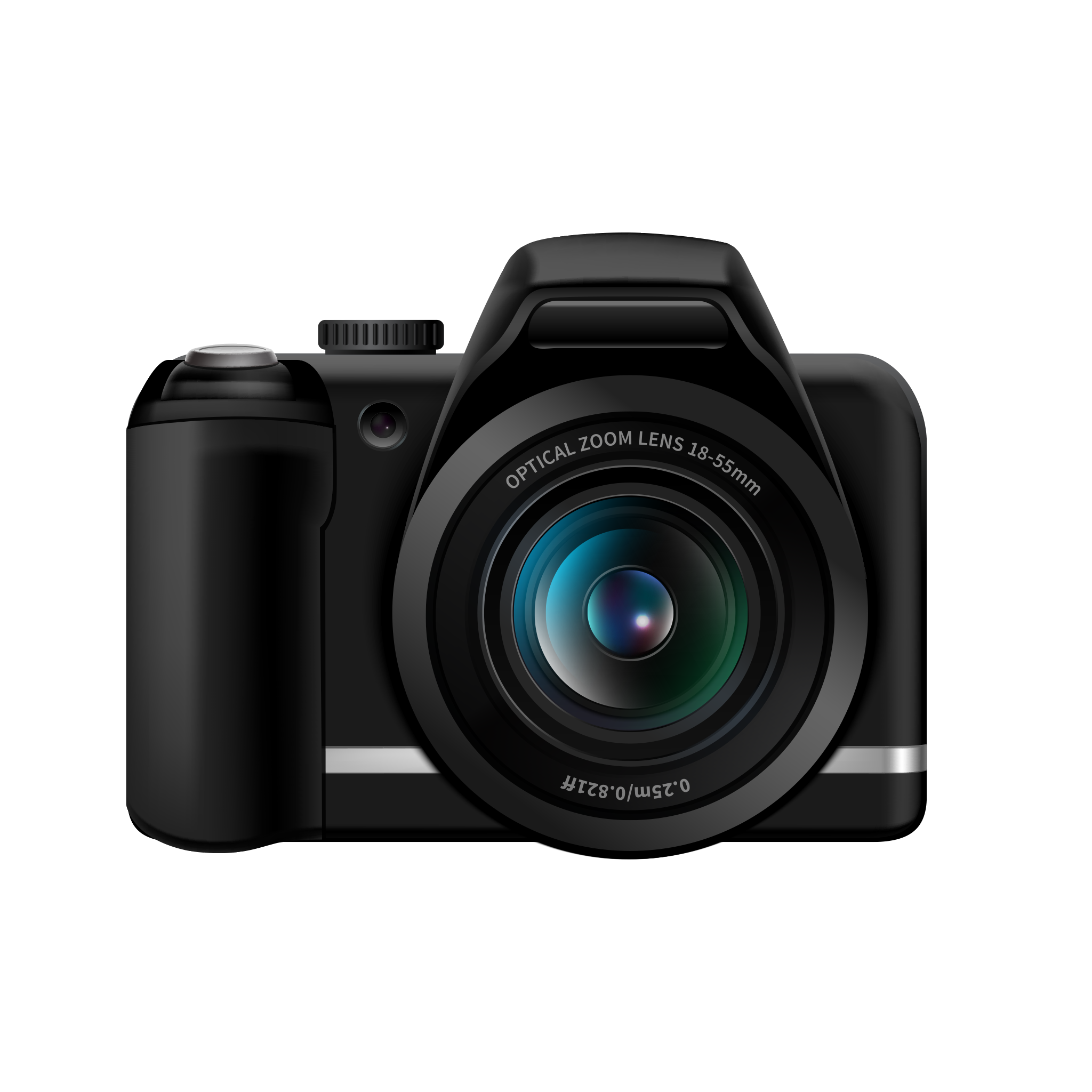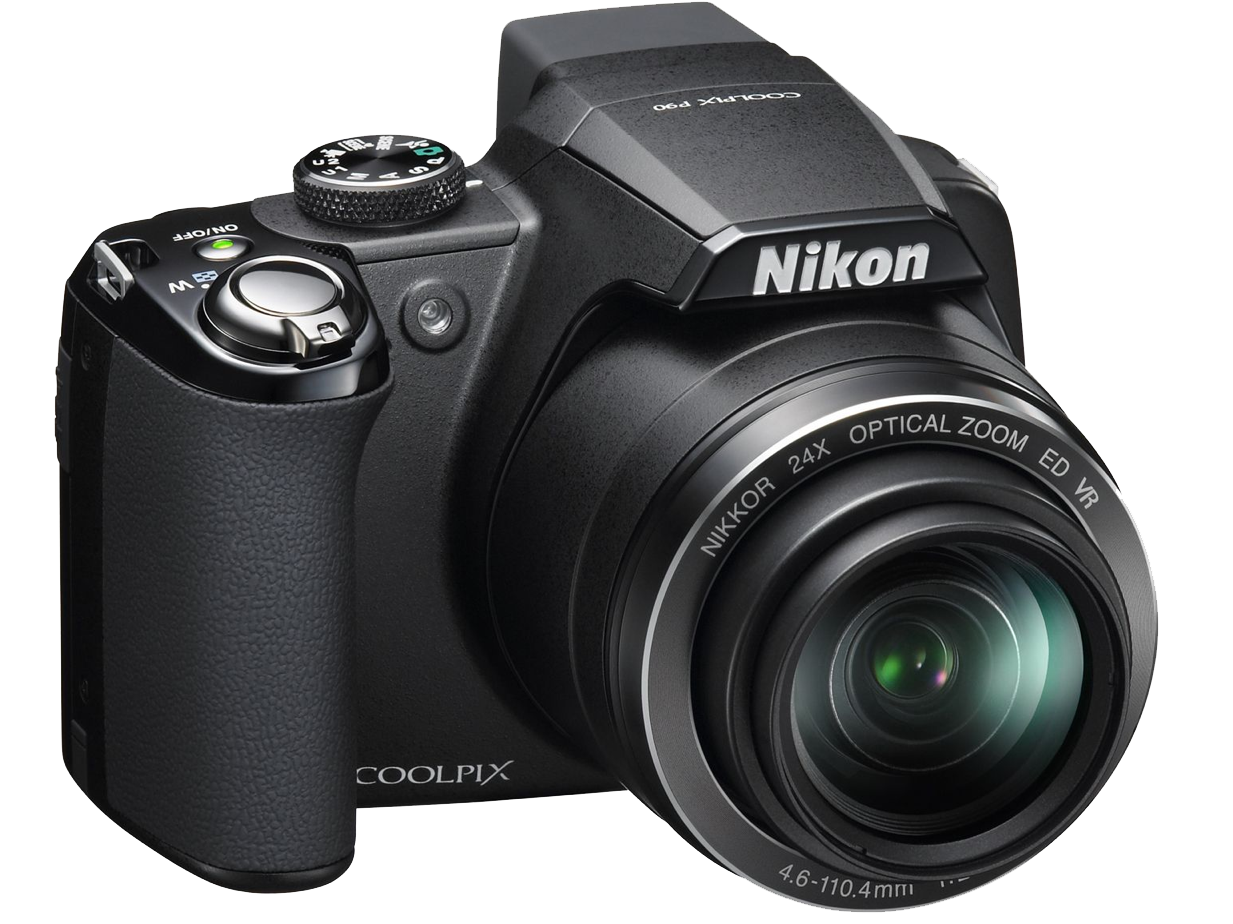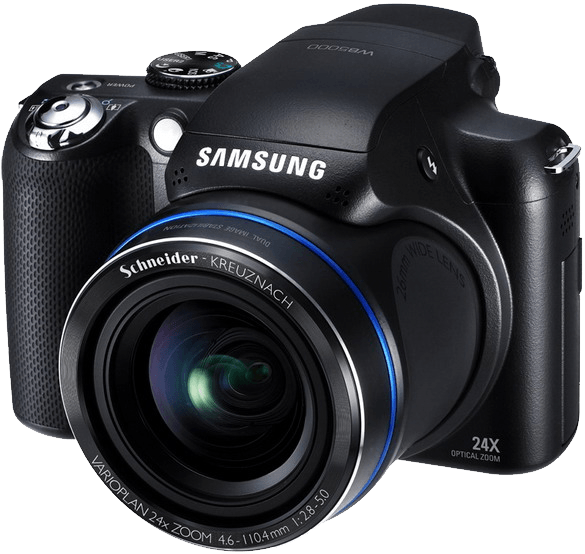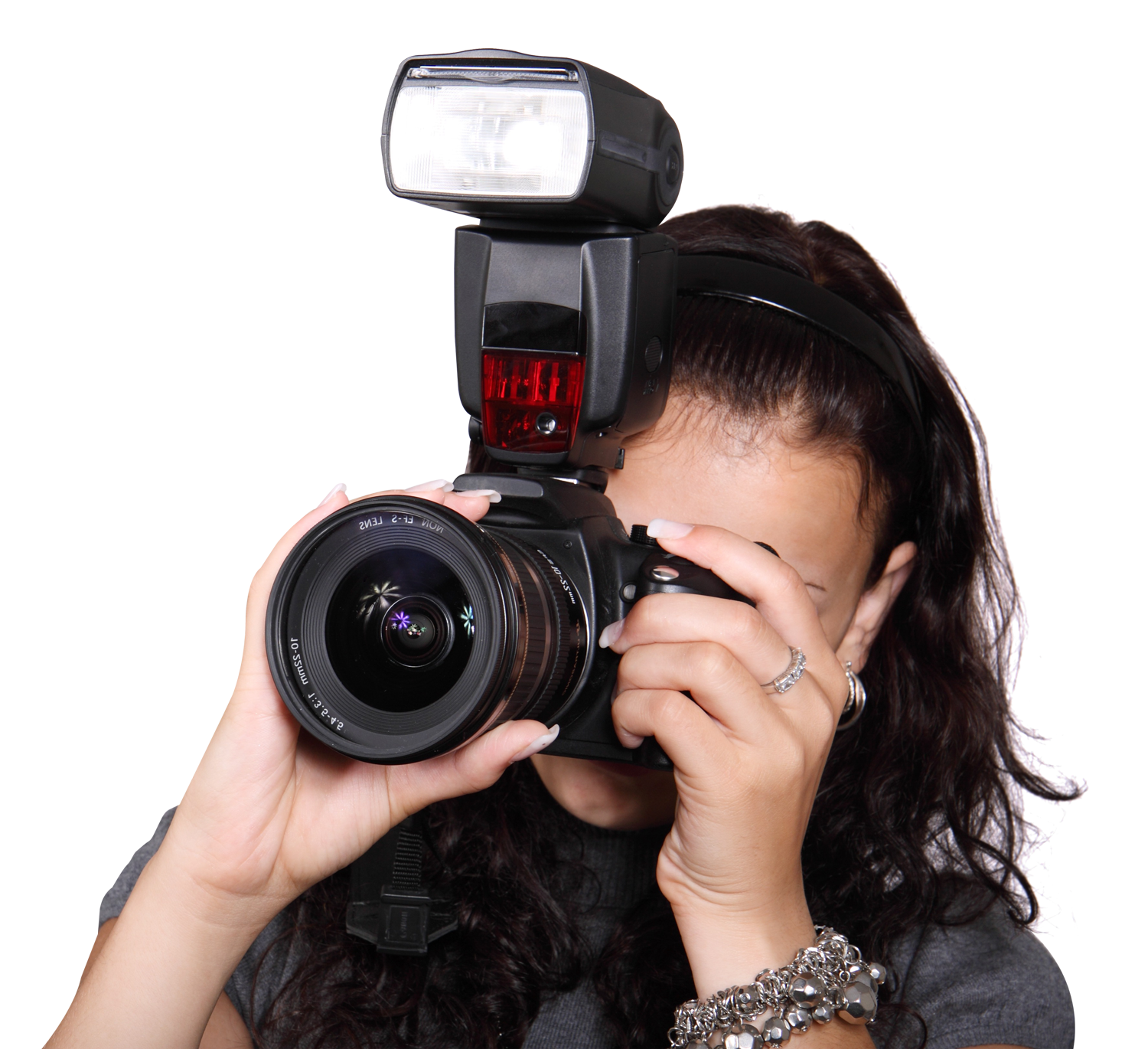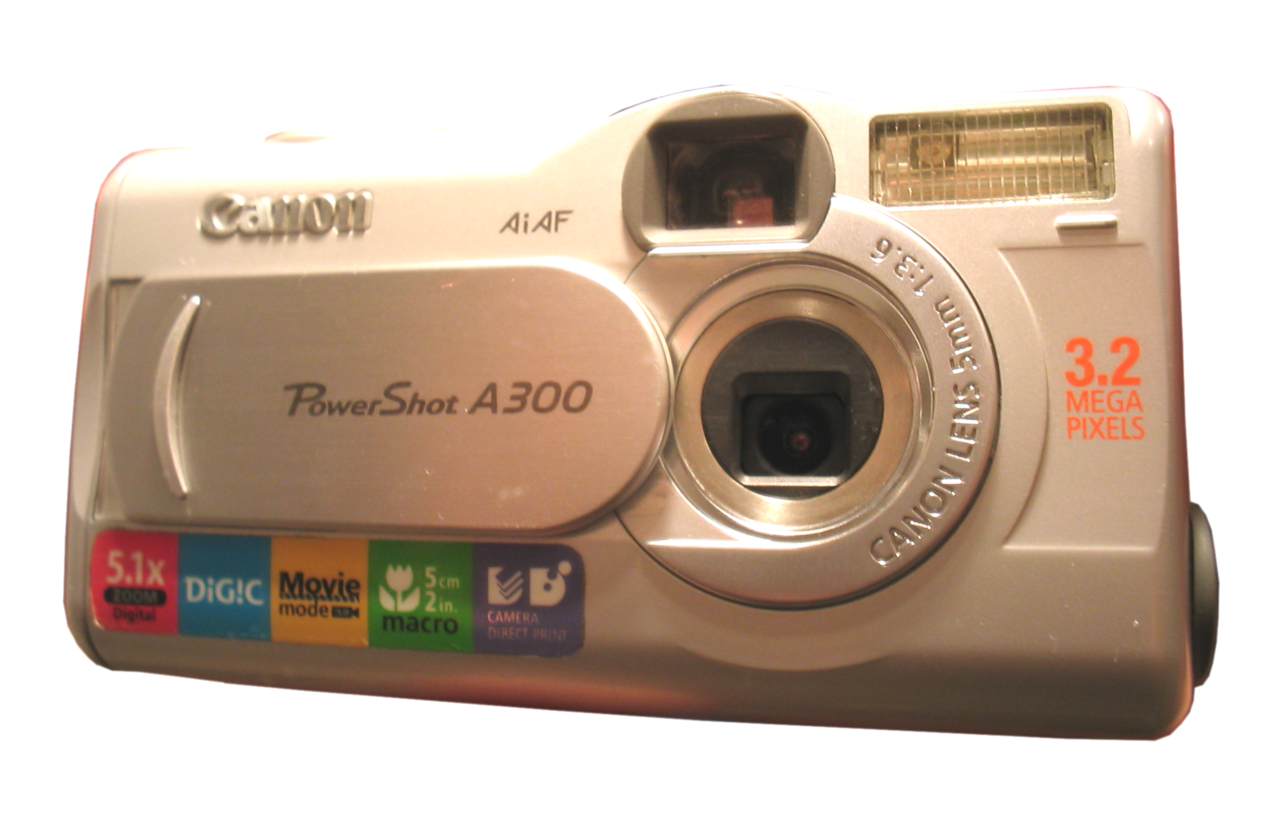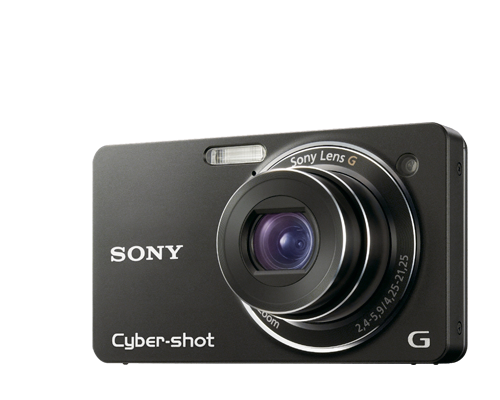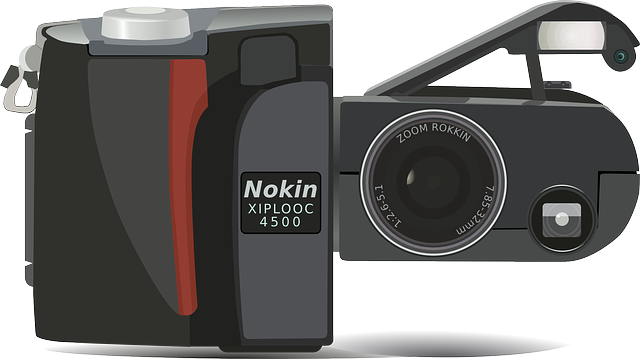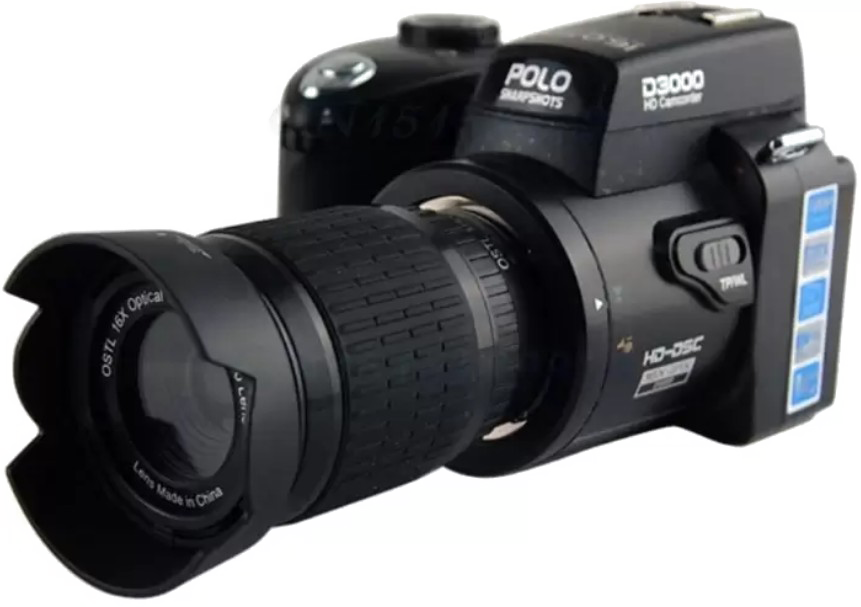Download top and best high-quality free Digital Camera PNG Transparent Images backgrounds available in various sizes. To view the full PNG size resolution click on any of the below image thumbnail.
License Info: Creative Commons 4.0 BY-NC
A digital camera is a camera that takes pictures and stores them on a computer. The majority of cameras made today are digital, and they have essentially replaced cameras that take images on photographic film. While discrete digital cameras still exist, many more cameras are now integrated into mobile devices such as smartphones, which may utilize their cameras to conduct live video-telephony and immediately edit and post photographs to others, among other things. Professional photographers and individuals who want to take better photos still utilize high-end, high-definition dedicated cameras.
An optical system is shared by digital and digital movie cameras, which generally uses a lens with a variable diaphragm to concentrate light onto an image pickup device. Just as with film, the diaphragm and shutter allow the proper quantity of light to enter the picture, but the image pickup technology is electrical rather than chemical. Digital cameras, unlike film cameras, can display photos on a screen immediately after they are captured, as well as save and erase photographs from memory. Many digital cameras can also capture sound-enabled moving movies. Cropping, stitching, and other basic image manipulation are all possible with some digital cameras.
Metal”oxide”semiconductor (MOS) technology, which dates back to the creation of the MOSFET (MOS field-effect transistor) by Mohamed M. Atalla and Dawon Kahng at Bell Labs in 1959, provides the foundation for digital camera image sensors. As a result, digital semiconductor image sensors such as the charge-coupled device (CCD) and subsequently the CMOS sensor were developed. The charge-coupled dlol, based on MOS capacitor technology, was designed by Willard S. Boyle and George E. Smith at Bell Labs in 1969 and was the first semiconductor image sensor. Tsutomu Nakamura’s team at Olympus developed the NMOS active-pixel sensor in 1985, which led to Eric Fossum’s team at the NASA Jet Propulsion Laboratory developing the CMOS active-pixel sensor (CMOS sensor) in 1993.
Eugene F. Lally of the Jet Propulsion Laboratory was considering ways to capture digital pictures using a mosaic photosensor in the 1960s. His aim was to capture images of the planets and stars while the astronauts traveled across space in order to provide information about their location. The technology had not caught up with the notion, as it had not with Texas Instruments employee Willis Adcock’s film-less camera (US patent 4,057,830) in 1972.
The Cromemco Cyclops was a commercially available all-digital camera that debuted in 1975. In the February 1975 edition of Popular Electronics magazine, the concept was offered as a hobbyist DIY project. It employed a modified MOS dynamic RAM (DRAM) memory chip with a 32-bit metal-oxide-semiconductor (MOS) image sensor.
In 1975, an Eastman Kodak engineer named Steven Sasson conceived and manufactured a self-contained electronic camera using a charge-coupled device (CCD) image sensor. Fujifilm began developing CCD technology in the 1970s at the same time. Military and scientific applications were the most common at first, followed by medical and news applications.
Due to the impractically large memory and bandwidth needs of uncompressed photos and video, breakthroughs in data compression allowed workable digital cameras. The discrete cosine transform (DCT), a lossy compression technique initially suggested by Nasir Ahmed while working at the University of Texas in 1972, is the most important compression algorithm. DCT-based compression standards enabled practical digital cameras, such as the H.26x and MPEG video coding standards, which were released in 1988, and the JPEG image compression standard, which was published in 1992.
Since the mid-1980s, Nikon has been interested in digital photography. Nikon demonstrated an operating prototype of the first SLR-type electronic camera (Still Video Camera) developed by Panasonic at Photokina in 1986. The Nikon SVC was designed around a 300,000-pixel 2/3-inch charge-coupled device sensor. A magnetic floppy disk within the camera serves as storage medium, allowing for the recording of 25 or 50 B&W pictures, depending on the definition. Nikon produced the QV-1000C, the first commercial electronic single-lens reflex camera, in 1988.
Fujifilm debuted the FUJIX DS-1P, the first completely digital camera capable of recording data on a semiconductor memory card, at Photokina 1988. The camera’s memory card held up to 10 images and had a capacity of 2 MB of SRAM (static random-access memory). Fujifilm introduced the FUJIX DS-X, the first commercially available completely digital camera, in 1989. Toshiba’s 40 MB flash memory card was used by a number of digital cameras in 1996.
Download Digital Camera PNG images transparent gallery.
- Digital Camera PNG Images HD
Resolution: 840 × 859
Size: 417 KB
Image Format: .png
Download
- Digital Camera PNG Free Image
Resolution: 544 × 397
Size: 181 KB
Image Format: .png
Download
- Digital Camera PNG Image File
Resolution: 500 × 442
Size: 247 KB
Image Format: .png
Download
- Vector Digital Camera PNG Pic
Resolution: 512 × 512
Size: 36 KB
Image Format: .png
Download
- Vector Digital Camera PNG File
Resolution: 1280 × 964
Size: 285 KB
Image Format: .png
Download
- Digital Camera PNG
Resolution: 700 × 595
Size: 513 KB
Image Format: .png
Download
- Digital Camera PNG Pic
Resolution: 800 × 800
Size: 481 KB
Image Format: .png
Download
- Digital Camera PNG File
Resolution: 800 × 800
Size: 489 KB
Image Format: .png
Download
- Digital Camera PNG Image
Resolution: 850 × 633
Size: 527 KB
Image Format: .png
Download
- Digital Camera PNG Photo
Resolution: 1178 × 1140
Size: 1753 KB
Image Format: .png
Download
- Digital Camera PNG Cutout
Resolution: 1750 × 1400
Size: 827 KB
Image Format: .png
Download
- Vector Digital Camera PNG Image
Resolution: 1120 × 750
Size: 135 KB
Image Format: .png
Download
- Digital Camera PNG Images
Resolution: 990 × 991
Size: 1021 KB
Image Format: .png
Download
- Digital Camera PNG Photos
Resolution: 2048 × 2048
Size: 456 KB
Image Format: .png
Download
- Digital Camera Transparent
Resolution: 1233 × 924
Size: 845 KB
Image Format: .png
Download
- Digital Camera
Resolution: 585 × 554
Size: 171 KB
Image Format: .png
Download
- Vector Digital Camera
Resolution: 1247 × 980
Size: 154 KB
Image Format: .png
Download
- Vector Digital Camera PNG
Resolution: 2194 × 2017
Size: 328 KB
Image Format: .png
Download
- Digital Camera PNG Clipart
Resolution: 1500 × 1370
Size: 1928 KB
Image Format: .png
Download
- Digital Camera PNG Picture
Resolution: 1280 × 824
Size: 967 KB
Image Format: .png
Download
- Digital Camera PNG HD Image
Resolution: 500 × 400
Size: 175 KB
Image Format: .png
Download
- Digital Camera PNG Image HD
Resolution: 640 × 359
Size: 112 KB
Image Format: .png
Download
- Digital Camera No Background
Resolution: 861 × 607
Size: 290 KB
Image Format: .png
Download
